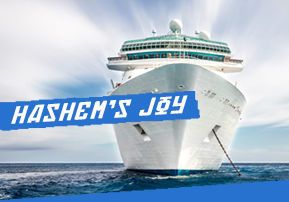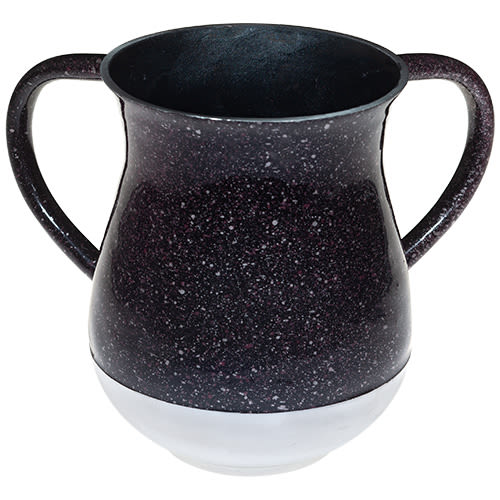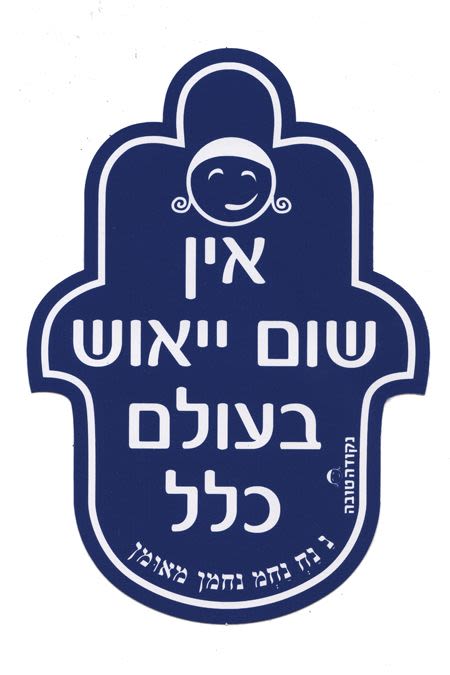
Hashem’s Joy
They were on vacation, but they didn't seem to focus on the islands they visited, the food or the cruise itself. The main question was how to serve Hashem best…

The word “nachas” in Yiddish is actually another pronunciation of a Hebrew word, “nachat”, that means “pleasure or satisfaction.” When used in Yiddish, however, it has the additional connotation of the pride, the good feeling one has when viewing the accomplishment or behavior of a loved one. It is used to refer to the feeling one has when seeing a child’s or grandchild’s report card, the feeling experienced when hearing a word of Torah from a son or son-in-law, the thrill of experiencing the birth of a child or a grandchild or a great grandchild. We usually limit our use of the word to that experienced by people upon seeing the behaviors or accomplishments of other individuals. I would like to suggest that it is a feeling that Hashem “experiences” as well when viewing the behaviors of His children.
What has brought this to mind for me is a recent trip my wife and I took with 2 other couples who are related to each other by the marriage of their children and who are both very close and dear friends of ours. The six of us went on a cruise from Haifa for five nights. Throughout the trip there were minyanim (public prayer quorums) for shachrit, minchah, and maariv. In of itself, that aspect was wonderful. However, the entire situation was raised to a much higher level. It turns out that both of the husbands we were with are Kohanim and the question arose as to what should be done regarding the daily blessing given by the Kohanim to those in attendance at the minyan. What led to the question is the difference in customs between Sephardim (those of Mediterranean, Jewish ancestry) and Ashkenazim (those primarily of Eastern European Jewish ancestry): Kohanim (those of the priestly class) of Sephardi descent bless the congregation daily whether in Israel or not while those of Ashkenazi descent only bless the congregation  when in Israel.
when in Israel.
We had little success in resolving the issue. The only answer we got before we left was that even if we were outside of Israel and the minyan was Sephardi, then the Ashkenazi Kohanim should join the Sephardi Kohanim since a majority of those on the ship were Sephardim and we should follow that custom. The person in charge of minyanim on the ship decided that because of this issue there would be two minyanim, one Ashkenaz and one Sephard and then each could follow their custom. Well, despite what seemed like a King-Solomon resolution to the problem, the issue for the Ashkenazim continued throughout the course of the cruise.
Additionally, there became an issue as to which way to face when praying. If the Ark of the Torah faced away from Jerusalem should the leader of the service pray facing the Ark or facing Jerusalem? That too became a focus of an intense conversation.
The resolution of the questions is not important and if you need to have a decision please consult your local Rabbinic authority. The point of these vignettes is not the halachic questions. The point of these stories is nachat. Here it is that hundreds of Jews are at sea on vacation, and the focal point of their attention is not the food, not the tourist attractions, not the destinations. Rather the focus of these individuals is how we best serve Hashem. It is that focus, that emphasis, that concern that must bring Hashem nachat. The pleasure of seeing His beloved children engaged in debate that has no self-serving component at all, that has as its sole issue, how best to serve G-d, can only be a source of pride that a parent (G-d) feels upon the accomplishment and behavior of a beloved child. May we all be blessed to be a source of pride to our Heavenly Father and may all of our conflicts revolve solely around our efforts and hopes to serve H-m as H-e would want us to do so.











Tell us what you think!
Thank you for your comment!
It will be published after approval by the Editor.